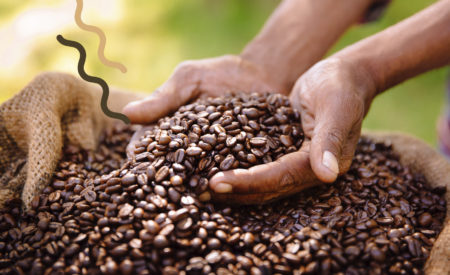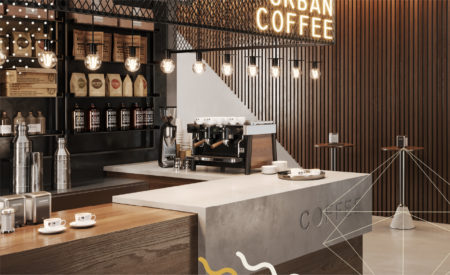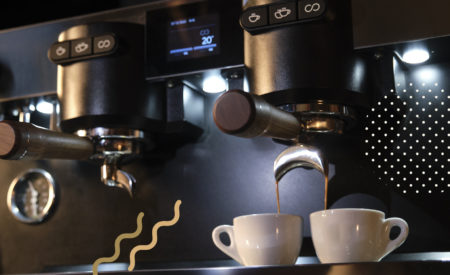Raise your hand if you have ever wondered why coffee tasted better on a certain day versus another? We bet that at some point you thought that meteorological conditions might have something to do it. But does weather actually have an impact?
The answer isn’t straightforward. While the weather isn’t directly linked to the way coffee comes out, it can affect the beans if they’re not properly stored.
Apart from that, it’s also important to adjust your coffee grinder throughout the day, weather notwithstanding.
Pay attention to these two variables, rather than the weather forecast and your coffee will be consistently great.
Let’s take a more in-depth look at both!
How to store your coffee beans
First of all, it’s best to check directly with your provider, they will be able to give you the best storage tips for that specific type of coffee.
However, there are some general, basic rules when it comes to storing coffee:
- Pick opaque containers over clear ones, as direct sunlight turns beans stale.
- Make sure your containers are air-tight, as oxygen can make your coffee go bad.
Where to store your coffee beans
Placement is key when storing coffee beans. In general, avoid:
- over-exposed shelves
- humid rooms
- over-heated spaces
The ideal storage space is instead:
- cool
- dry
- dark
Once they come out of storage, pay particular attention to where you place them next to the coffee machine. If they’re kept too close while you’re busy making coffee, the beans may get over-heated, which we know isn’t good. Same goes if they’re kept for too long in the machine before they’re ground.
Only you and your baristas can know what’s best for your café, it all comes down to demand and frequency.
The above is especially important during rush hour, which is why the entire team needs to be a well-oiled machine and work accurately even under pressure.

Choosing the right grind
One of the most common mistakes baristas make is not adjusting the coffee grinder often. Some even set it on the opening day and don’t ever change it. Checking your grinder should be done first thing in the morning and throughout the day, doing this will yield the best results and ensure coffee quality is consistent.
Better extraction, better espresso
The surrounding temperature can impact the extraction of espresso. For example, the temperature of the grinder affects the result: the hotter the grinders are, the more they heat the coffee bean, so you’ll get a coarser grind if the temperature rises. Under these conditions, water will pass through the ground coffee faster. To balance the effects of temperature on the grinders, it will be necessary to compensate with a finer grinding of the coffee beans.
Even if you’re using excellent coffee, employing a skilled barista and using a great espresso machine, not adjusting the grinder could still result in awful coffee and nothing will mask that. If coffee is under extracted it will taste watery, sour and weak, if over extracted it’ll be burnt and therefore bitter.
For this reason, always check how hot or cold your café becomes throughout the day and adjust accordingly. Keep in mind that these changes may not depend on the weather after all, but rather how many people are inside the room, how often the door is left open and so on.
In any case, always strive for the following settings when preparing espresso:
Boiler pressure: 1 bar
Bar pump pressure: 9 Bar
Temperature: 90°C – 95 °C
Extraction: 20 – 30 sec





